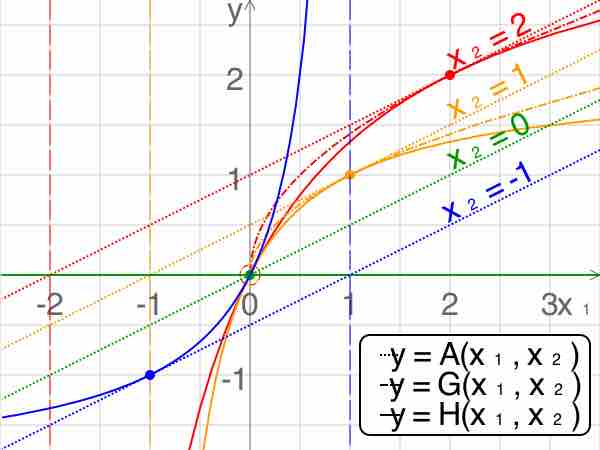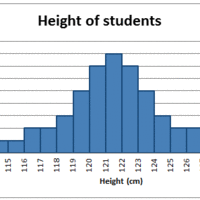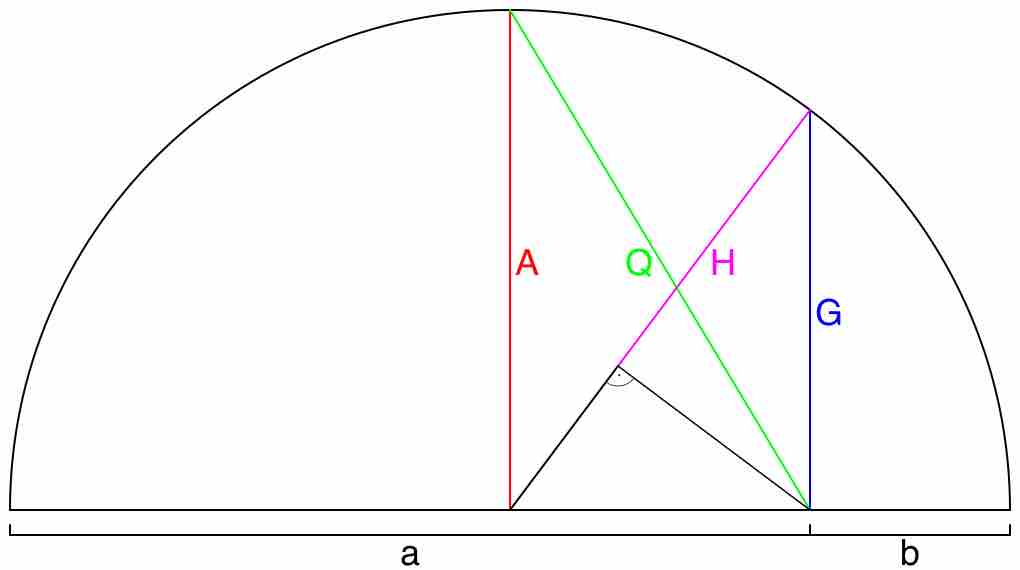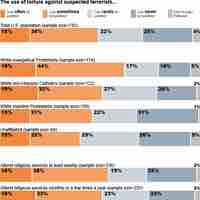Section 1
Central Tendency
Book
Version 1
By Boundless
By Boundless
Boundless Statistics
Statistics
by Boundless
5 concepts

Mean: The Average
The term central tendency relates to the way in which quantitative data tend to cluster around some value.

The Average and the Histogram
The shape of a histogram can assist with identifying other descriptive statistics, such as which measure of central tendency is appropriate to use.

The Root-Mean-Square
The root-mean-square, also known as the quadratic mean, is a statistical measure of the magnitude of a varying quantity, or set of numbers.
Which Average: Mean, Mode, or Median?
Depending on the characteristic distribution of a data set, the mean, median or mode may be the more appropriate metric for understanding.

Averages of Qualitative and Ranked Data
The central tendency for qualitative data can be described via the median or the mode, but not the mean.